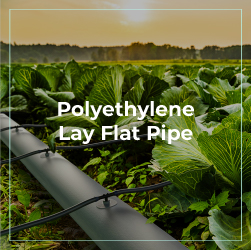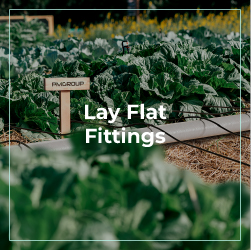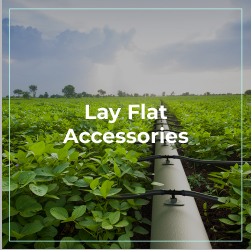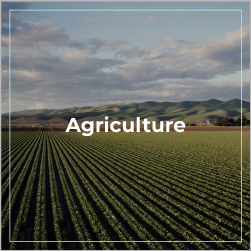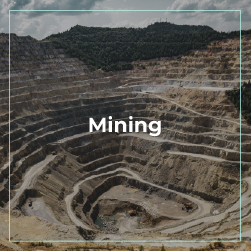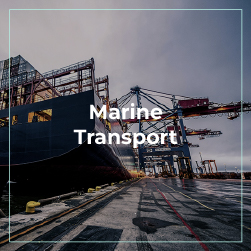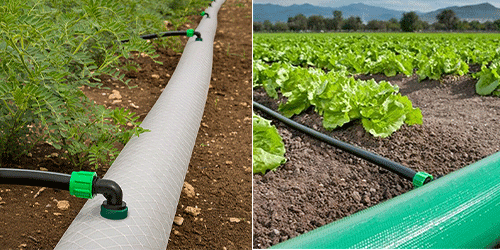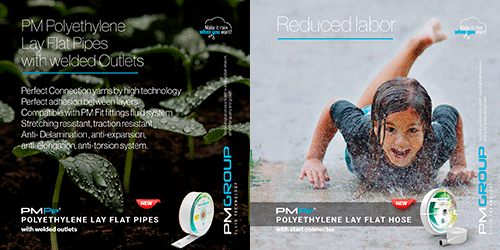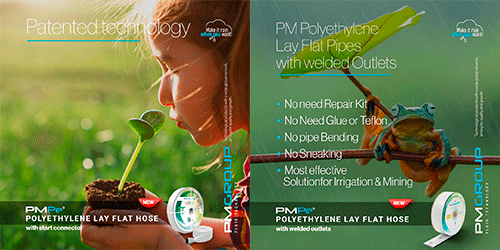Layflat Hose: Versatility and Practicality
Layflat hose, as the name suggests, are designed to lay flat when not in use, making them easy to store and transport. They are typically constructed from PVC or synthetic rubber materials and are reinforced with high-strength fibers, allowing them to handle high-pressure applications without kinking or twisting. The key advantages of layflat hoses include:
- Flexibility and Maneuverability: Due to their lightweight nature and ability to flatten, layflat hoses are highly maneuverable, making them ideal for situations where mobility and ease of deployment are crucial.
- Resistance to Abrasion: These hoses are often resistant to abrasion, which is essential for applications where they may come into contact with rough surfaces or materials.
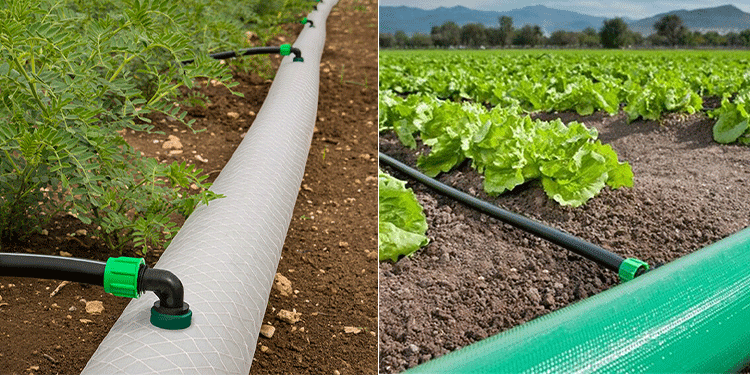
- Space Efficiency: When not in use, layflat hoses can be rolled up or folded compactly, occupying minimal storage space compared to traditional hoses.
- Quick Deployment: They can be rapidly deployed and retrieved, saving valuable time during operations.
Other Types of Hoses:
- Traditional Rubber Hoses: These hoses are typically made from natural or synthetic rubber and are reinforced with textile or wire braid. They are known for their durability and flexibility but may be heavier and less space-efficient compared to layflat hoses.
- Thermoplastic Hoses: Constructed from thermoplastic materials such as PVC or polyurethane, these hoses offer flexibility and resistance to chemicals and weathering. They are often used in specialized applications requiring specific material properties.
- Metal Hoses: Made from corrugated metal tubes, these hoses excel in high-temperature and high-pressure environments. They provide excellent durability but may be less flexible and heavier compared to layflat and rubber hoses.
Choosing the Right Layflat Hose for Your Application:
When selecting between layflat hoses and other types of hoses, consider the following factors:
- Application Requirements: Assess the specific conditions (pressure, temperature, abrasion risk) under which the hose will operate.
- Mobility Needs: Determine whether frequent deployment and mobility are essential, as layflat hoses excel in these scenarios.
- Storage Space: Evaluate the available storage space for the hose when not in use.
- Long-Term Durability: Consider the lifespan and maintenance requirements of each hose type to ensure optimal cost-effectiveness.
In conclusion, while layflat hoses offer unique advantages in terms of flexibility, space efficiency, and quick deployment, other types of hoses like traditional rubber hoses, thermoplastic hoses, and metal hoses each have their own strengths suited to different applications. By understanding these differences and matching them to specific operational requirements, industries can make informed decisions to optimize their fluid handling processes effectively.

